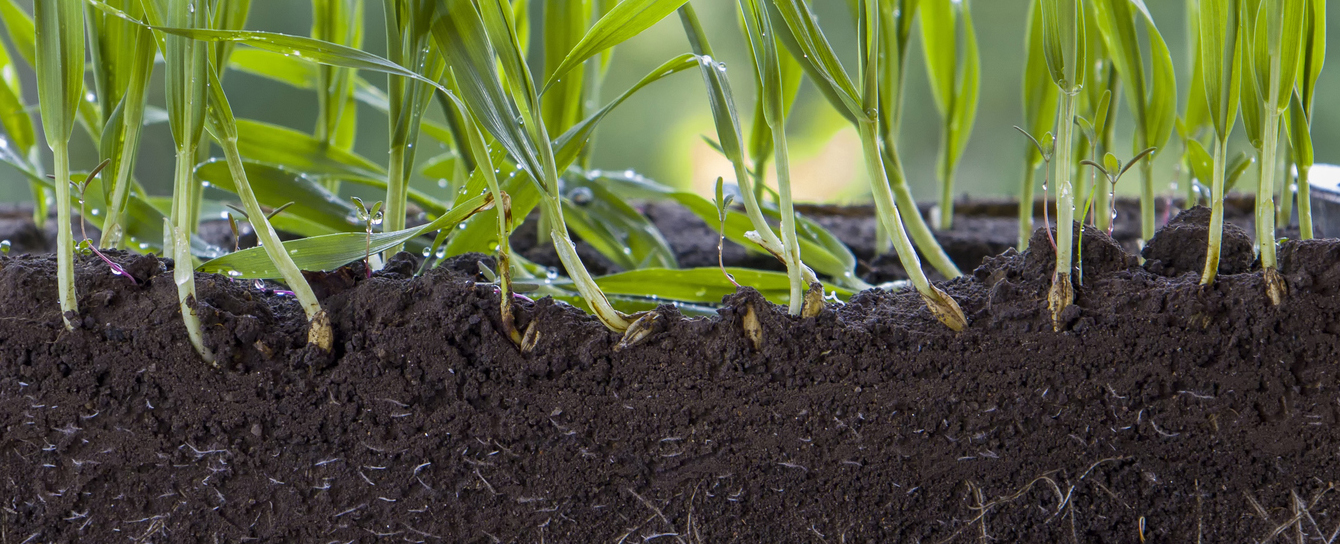Forests, Vol. 15, Pages 697: Genome-Wide Identification and Expression of the AP2/ERF Gene Family in Morus notabilis
Forests doi: 10.3390/f15040697
Authors: Hao Dou Tiantian Wang Xin Zhou Xi Feng Wu Tang Jin’e Quan Huitao Bi
The AP2/ERF gene family, referring to an exclusive class of transcription factors unique to plants, is involved in various biological processes, including plant growth and responses to environmental stresses like high salt and drought. In this study, the AP2/ERF gene in M. notabilis was comprehensively identified and bioinformatically analyzed based on the genomic data of M. notabilis. 106 members in the MnAP2/ERF gene family were identified in the M. notabilis genome and were categorized into five subfamilies: ERF, AP2, DREB, RAV, and Soloist, with the ERF subfamily representing 80.19% of the total. The MnAP2/ERF gene family was observed to be distributed on six chromosomes of M. notabilis. Members in the MnAP2/ERF gene family exhibited obvious differences in amino acid number, molecular weight, isoelectric point, and other properties. Approximately 68.87% of the MnAP2/ERF proteins were acidic, all exhibiting hydrophilic characteristics. Differences in conserved sequences and arrangement of AP2 domains were observed among distinct subfamilies, with genes in the same subfamily sharing similar conserved domain compositions. There were 47 genes without untranslated regions and 44 genes with two untranslated regions. The upstream functions of promoters were concentrated on light reactions and plant hormones. Evolutionarily, significant structural differences were identified, and 28 MnAP2/ERF gene family proteins could interact with each other. Moreover, 35 family genes were involved in 22 fragment repeat events, and 55 MnAP2/ERF and 84 AtAP2/ERF genes showed collinearity. The expression of the MnAP2/ERF gene family was significantly different in different parts, indicating that these gene family members were involved in different physiological activities. These results established a theoretical foundation for investigating the functional and evolutionary aspects of AP2/ERF gene family genes in M. notabilis, as well as exploring the root morphogenesis of M. notabilis. Additionally, this study contributes to a basis for the improvement of cultivar stress resistance of M. notabilis.

 2 weeks ago
21
2 weeks ago
21


